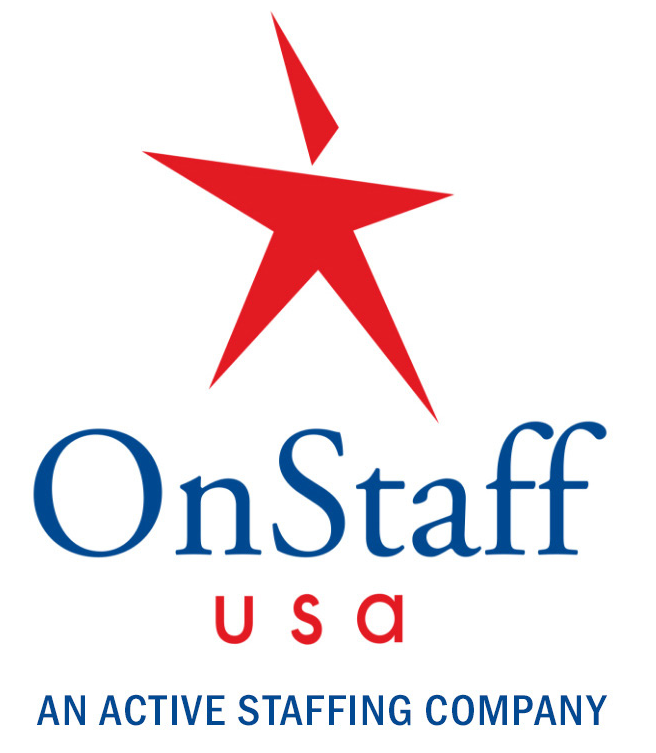 8
8
In today’s manufacturing industry there’s an immediate need for highly skilled and highly educated workers who can develop creative ideas, solve complex problems, and deliver innovative products. But these workers are proving to be scarce. Left unresolved, this scarcity will have a huge negative impact on this sector: “over the next decade, nearly three and a half million manufacturing jobs likely need to be filled and the skills gap is expected to result in two million of those jobs going unfilled.”1
To address this skills gap, companies need to implement better employee training and development, along with revised career progression models, new retention strategies, and programs to facilitate knowledge transfer from one generation to the next. Organizations must look outside of the traditional manufacturing skill set and adapt to evolving job requirements—or risk a decrease in productivity and an inability to meet customer demands.
I recently sat down for conversations with Robin Schwartz, managing partner at MFG Jobs (a company that connects employers and manufacturing job seekers), and with Daniel Levine, the founding director of the Avant-Guide Institute (a trends consultancy firm), to get their perspectives on the future of the manufacturing industry. In these conversations, we identified three challenges in particular that the industry will need to address.
THE GROWING SKILLS GAP
Currently, there are many available jobs in the manufacturing industry. But factors such as the decline in vocational training in schools and the disconnect between technology advancement and academia have led to a workforce that lacks the skills needed to fill these positions. Robin Schwartz sees in today’s candidate pool not only a lack of basic employability skills (such as good attendance, timeliness, and emotional intelligence) but also a lack of problem-solving skills and mathematical abilities.
Schools simply aren’t teaching students the skills they need. “This gap is happening because technology is moving faster than training,” adds Daniel Levine. “Manufacturing is quickly changing technologically, and the skills of workers haven’t kept up.” By rethinking their approach to training and providing workers with hands-on experience, exposure to current technology, and access to apprenticeship programs, HR leaders can begin to develop the talent they need.
KEEPING UP WITH AUTOMATION AND NEW TECHNOLOGY
The rapid evolution of technology along with increas- ing automation have created an environment that requires today’s workers to have an entirely different set of skills compared to workers from 10 years ago.
“Automation is probably the biggest thing changing the workplace right now,” Levine says. “There’s
a lot of talk about robots taking our jobs, but the truth is blurrier. What we’re seeing, from a trends perspective, is that robots will take some jobs, but they will also create new ones—and these new jobs will require new skill sets.” At the same time, Schwartz notes that the widespread assumption that most young workers are computer-and tech-savvy doesn’t always hold true: “There’s a surprising lack of technical and computer skills among the younger generation of workers.”
To counter this lack of tech skills, many employers are creating their own on-the-job training programs to build new skills. HR leaders may also need to shift their hiring strategies away from candidates with “traditional” manufacturing backgrounds and toward candidates who have the tech skills needed today (while treating more conventional skills as things that can just be learned on the job).
RETAINING AND TRAINING SKILLED WORKERS
Nearly 73% of the respondents in the 2017 Fourth Quarter Manufacturers’ Outlook Survey conducted by the National Association of Manufacturers pointed to “recruitment and retention of a workforce as their number one business challenge.”2 Schwartz points out that “the aging demographics of the manufac- turing sector” increase the difficulty of maintaining a workforce with the skills and knowledge needed in this industry.
Having clear expectations, showing employees how they contribute directly to the organization’s mission, and providing opportunities for skill development are a few steps that HR and managers can take to increase retention. But figuring out how to engage employees in those learning processes is another major challenge that organizations face. In addition to the old standbys of job shadowing and mentorship, companies could turn to technology for some promising solutions. “One of the most exciting things I’ve seen in this realm recently,” says Levine, “is training happening with augmented reality and artificial intelligence” that can, for example, enable trainees to practice tasks in a virtual, personalized environment and learn at their own pace.
Technology and automation will continue to play growing roles in manufacturing. In order to develop a skilled, knowledgeable workforce that can handle these industry changes, organizations must adapt. By rethinking needed skill sets, providing better employee training, and using new technologies to their advantage, organizations can begin to close the skills gap. “The manufacturing industry is changing,” Levine warns. “Those who don’t recognize these trends are going to lose out.”
Charles Coy is the senior director of analyst and community relations at Cornerstone OnDemand (CSOD), a leader in cloud-based applications for talent management that helps organizations recruit, train, manage, and connect their employees. He thinks a lot about how technology can influence how businesses evaluate, motivate, and value their employees—especially in light of the rapid changes happening in to- day’s workplace. Coy can be contacted at ccoy@ csod.com.
(This article reprinted courtesy of Cornerstone OnDemand.)
1.Craig Giffi et al. 2015. “The Skills Gap in U.S. Manufacturing: 2015 and Beyond.” Deloitte website, www2.deloitte.com/us/en/pages/manufac- turing/articles/boiling-point-the-skills-gap-in-us- manufacturing.html.
2.Robert Means. 2018. “The Marriage of Millennials and Manufacturing.” Manufacturing.net, Janu-
ary 24, www.manufacturing.net/news/2018/01/ marriage-millennials-and-manufacturing.
